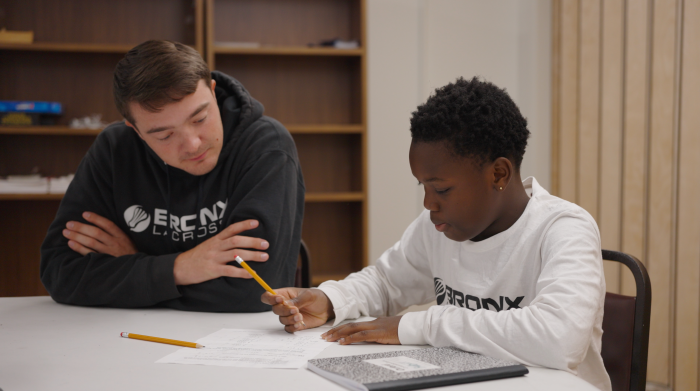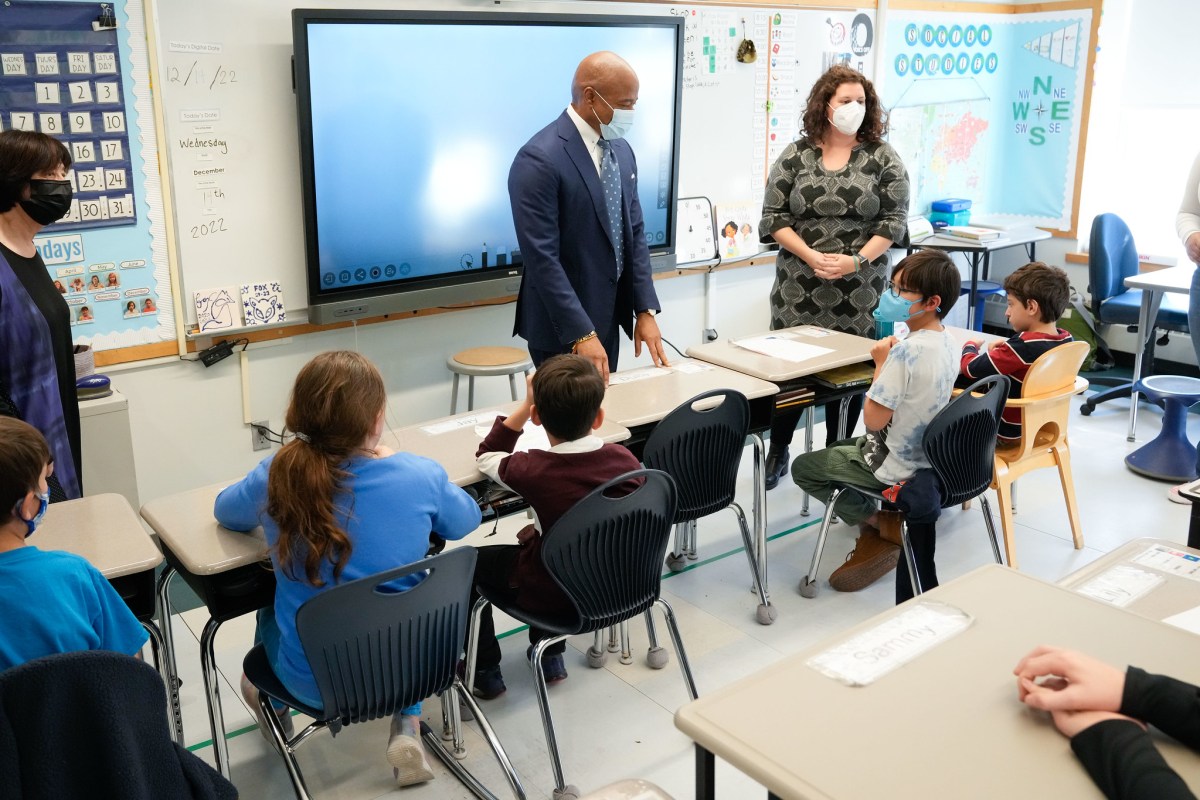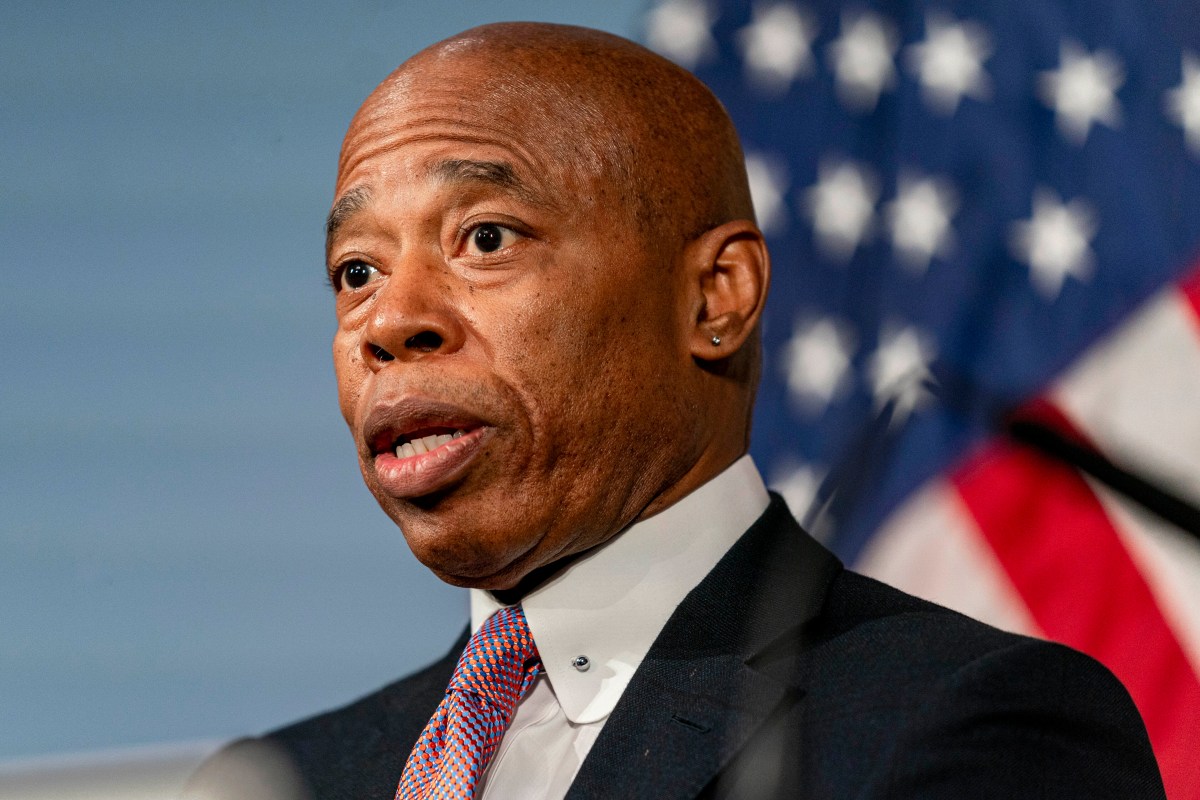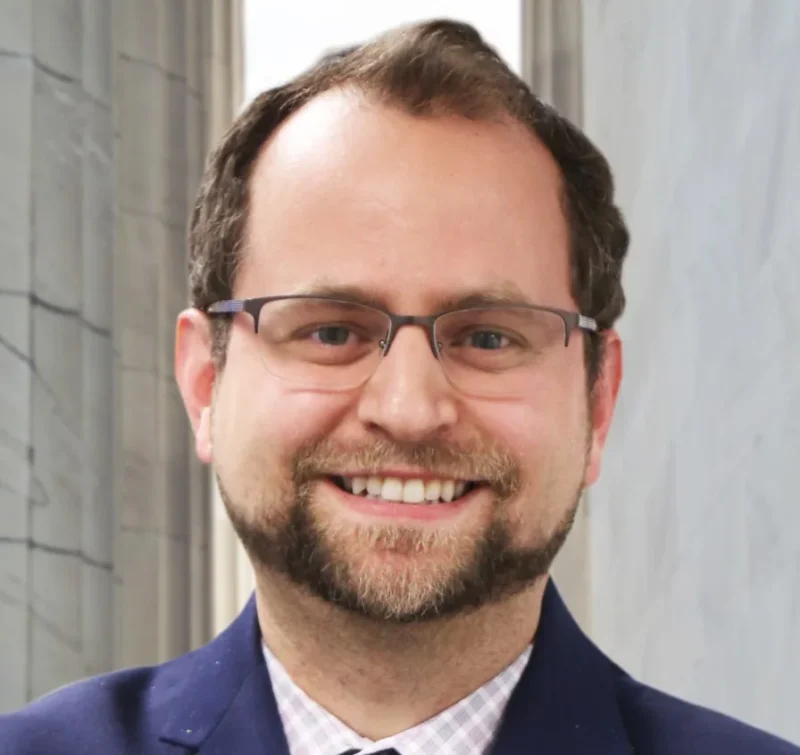For many K-12 public school students, teachers serve as a first introduction to a world outside their homes. Young students often spend more waking time around their teachers than they do any other adult role models. Fostering learning environments where students feel secure and can identify with a teacher is vital to helping young learners gain necessary skills and envision their potential for lifelong success.
Children may feel unsafe and uncomfortable in classrooms when they don’t feel that their race is seen or valued, or where diversity is lacking. Learning from racially diverse educators provides tangible, relatable, aspirational examples for students. Research by the Learning Policy Institute (LPI) clearly demonstrates the benefits of developing and sustaining a diverse teaching workforce, including increased academic performance by students of color as measured by: improved reading and math test scores; higher graduation rates; and increased aspirations to attend college. The same research also found that students of color and white students reported having positive perceptions of their teachers of color — including feeling cared for and academically challenged.
However, the Pew Research Center paints a concerning picture — America’s public school teachers are far less racially and ethnically diverse than their students. A 2019 report by the New York State Education Department notes that in 2017 just 20% of New York state’s teachers were persons of color, compared to approximately 56% of the student population. And while urban, suburban and rural schools are all welcoming an increasingly more diverse student community, the make up of New York’s teacher population has remained constant.
New York City fares better in its school diversity than other areas of the state, but we can and must do better. In 2018-19, 47% of school building leaders in New York City were leaders of color, compared to only 16% in the rest of the state. While overall New York City has the most diverse teacher workforce in the state, employing almost 42% teachers of color, the city’s student of color population is 85%, resulting in a disappointing 1:30 ratio of teachers-to-students of color.
LPI cites numerous barriers to recruitment and retention for teachers of color, including inadequate teacher preparation when teachers enter through alternative routes; a lack of ongoing support for new teachers; teacher licensure exams that disproportionately exclude teacher candidates of color; poor working conditions and low salaries; as well as displacement from the high-need schools where accountability strategies have often resulted in staff reconstitution or closing schools rather than designing, implementing and measuring the impact of improvements.
It is imperative that K-12 schools and educator preparation programs in colleges and universities work together to make the nation’s learning environments intentionally inclusive and more reflective of the communities we serve. Competency-based education — which measures skills and subject knowledge rather than time spent in a classroom — is one relatively new approach that has proven successful at saving time and money. Online higher education also is gaining larger widespread acceptance across the nation, and research shows the structure of remote, competency-based education is more advantageous to women.
Committed to strengthening diversity in the educator talent pipeline, Western Governors University’s (WGU) Teachers College is in the top 1% for granting degrees for Black and Hispanic/Latinx educators at both the graduate and undergraduate levels. It is second in the nation for combined graduate and undergraduate degrees and credentials for students of color, according to the federal Integrated Postsecondary Education Data System.
If we want to expand college accessibility to a more diverse population interested in, and passionate about, a career in education, higher education providers, policy makers and students must recognize the benefits of models that value skills-based mastery while addressing affordability. The online, competency-based model is just one approach. The key is flexibility — offering options that provide access regardless of child care status, location or wherever the hands happen to be on the clock.
Teachers are essential to the learning and development of all our children and youth. To assure that all learners benefit from the richness of racially diverse educators, we must be intentional in designing and implementing strategies to recruit, train and retain quality teachers who reflect the full spectrum of the race, ethnicity and life experiences of the students they serve and the communities they call home.
Rebecca L. Watts, Ph.D., serves as a regional vice president for Western Governors University (WGU), a nonprofit, accredited university focused on competency-based learning with 3,000 students and 5,000 alumni in New York.
Mamie Pack, Ph.D., is a member of the WGU Teachers College Faculty and a leading catalyst of the college’s DE&I and Healthy Learning initiatives.
























